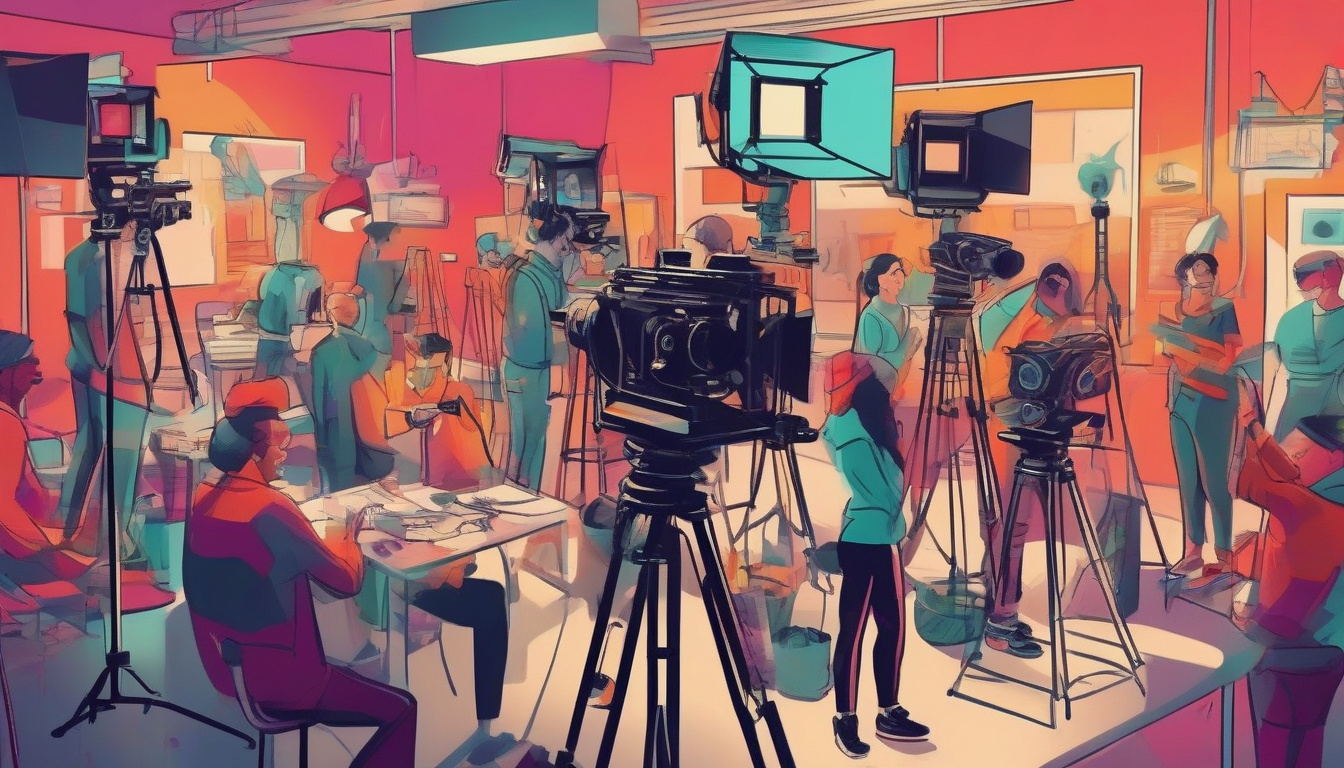
Welcome to the Hollywood Jungle: A Beginner’s Guide to Screenwriting Success
So, you want to be a screenwriter? You’ve decided to charge headfirst into the glamorous chaos that is the film industry. Buckle up, my friend—the ride is wilder than the plot twists in a Shyamalan flick.
Start With the Basics: What Is a Screenplay, Anyway?
A screenplay, or script, is essentially the blueprint for a film, TV show, or video game. Unlike your run-of-the-mill high school English essay, a screenplay is structured meticulously to showcase dialogue, character actions, and scene directions. We’re not in Kansas anymore, Toto—this is the language of visual storytelling.
Tool Up: The Screenwriter’s Arsenal
Before you sail into the storm, you’ll need a ship—er, scriptwriting software. Final Draft is the gold standard, beloved by professionals for its intuitive features that cater specifically to screenwriting. Scrivener and Celtx are other cannons you might load into your software armada. Yes, Microsoft Word can be a lifeboat, but why paddle when you can cruise?
Muse Meets Hard Work: Crafting Your First Screenplay
Feeling inspired is as crucial as being perspired. Begin with a concept—an idea that can be distilled into a logline (a one-sentence summary of your script). This little nugget needs to be as shiny as the top of the Chrysler Building because if you can’t sell your script in one sentence, you might have a hard time selling it at all.
Structure is your friend. Most scripts for feature films follow a three-act structure: Setup, Confrontation, and Resolution. Think of it as your storytelling compass. Now, populate your world with characters that have enough depth to swim the English Channel. Throw in dialogue sharper than a Ginsu knife, and voilà, you’re halfway there!
From Bedroom to Writers’ Room: Getting Your Script Out There
Did you write a script? High-five! Now, the not-so-sexy part—marketing it. Start with creating a scintillating query letter, short and sweet, designed to hook your reader faster than a caffeine addiction. Network like it’s your high school reunion; stalk (professionally, mind you) industry connections through LinkedIn, Twitter, and, if you’re bold, film festivals.
Consider script competitions, but choose wisely. The Nicholl Fellowship, Sundance Screenwriters’ Lab—they’re like the Ivy League of script contests. Or, opt for a slightly steadier path: get a job as a reader or a writer’s PA (Production Assistant). It’s the film industry equivalent of entering the Death Star, but hey, it worked for Luke Skywalker.
Ever Heard of Feedback? You’ll Need a Thick Skin
Bruce Lee said, “Be water, my friend.” When it comes to feedback, be a sponge instead. Absorb everything. Cultivate relationships with mentors—wise Yodas who have navigated their own interstellar battles in screenwriting. Rewrite your script based on credible feedback, not on every whim whispered at a cocktail party.
Living the Dream: Patience and Persistence Pay Off
If your script hasn’t been snapped up faster than free samples at Costco, don’t despair. The path from newbie to network meetings can be as long as the director’s cut of The Lord of the Rings. Persistence is key. Keep honing your craft, keep learning, and keep writing. Embrace rejection like an old friend—it’s just proof you’re out there swinging.
In the world of screenwriting, the only real fade-out is giving up. Instead, aim for FADE IN: on a rewarding, albeit challenging, career. Who knows? Maybe your name will be the one rolling big on a silver screen near you. After all, from the flickering shadows of a cinema, dreams are born—and with a bit of luck and a lot of hard work, so are screenwriters.






